1. Bowing in Japan
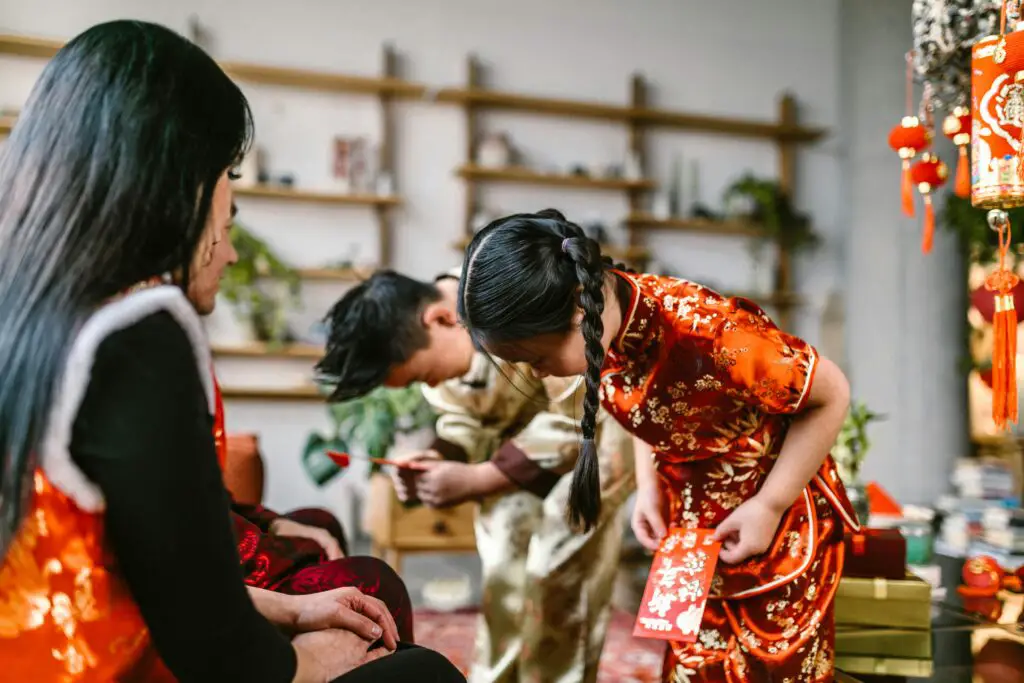
If you ever find yourself in Japan, get ready to bow—a lot. Bowing is a sign of respect, and the depth of your bow can indicate how formal or sincere you’re being. A slight nod works for casual encounters, while a deeper bow shows more respect. But be careful! Holding eye contact while bowing is considered rude. Many Japanese people understand that foreigners might not get it exactly right, but making the effort goes a long way. If you’re not sure what to do, just mirror the other person’s bow shares DW.
On the flip side, offering a handshake first might catch someone off guard. While handshakes are becoming more common in business settings, they’re still not the default. And definitely don’t go for a hug—that’s way too personal. If you want to leave a great impression, showing that you respect Japanese customs will earn you major points adds Nature.
2. Kissing on the Cheek in France
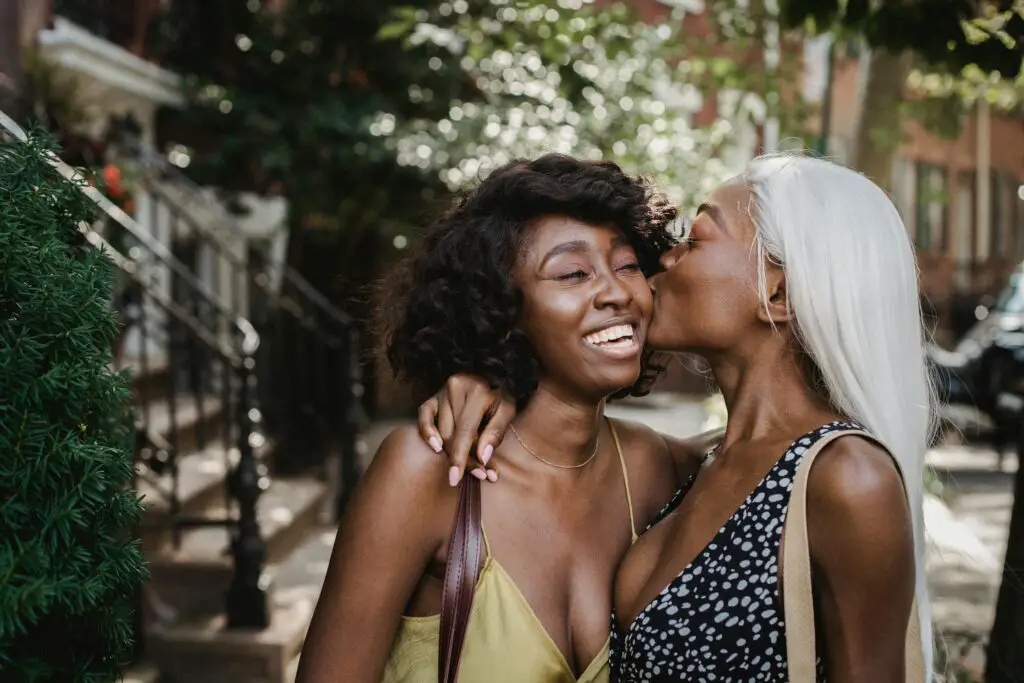
In France, don’t be surprised if someone leans in for a kiss on the cheek, even if you’ve just met. It’s a standard greeting, especially in social settings. The number of kisses depends on the region—some places do two, others go for three or even four! The key is to go for an air kiss, lightly touching cheeks rather than actually planting one. It can feel a little awkward at first if you’re used to handshakes, but try to follow their lead shares the Local France.
Not returning the gesture can seem cold, while initiating too aggressively can be uncomfortable. If you’re in a formal business setting, a handshake is usually more appropriate. But with friends and acquaintances, the cheek kiss is expected. Just be ready to adapt—some French people will offer their hand if they see you’re unfamiliar with the custom says the Conversation.
3. The “Māori Hongi” in New Zealand
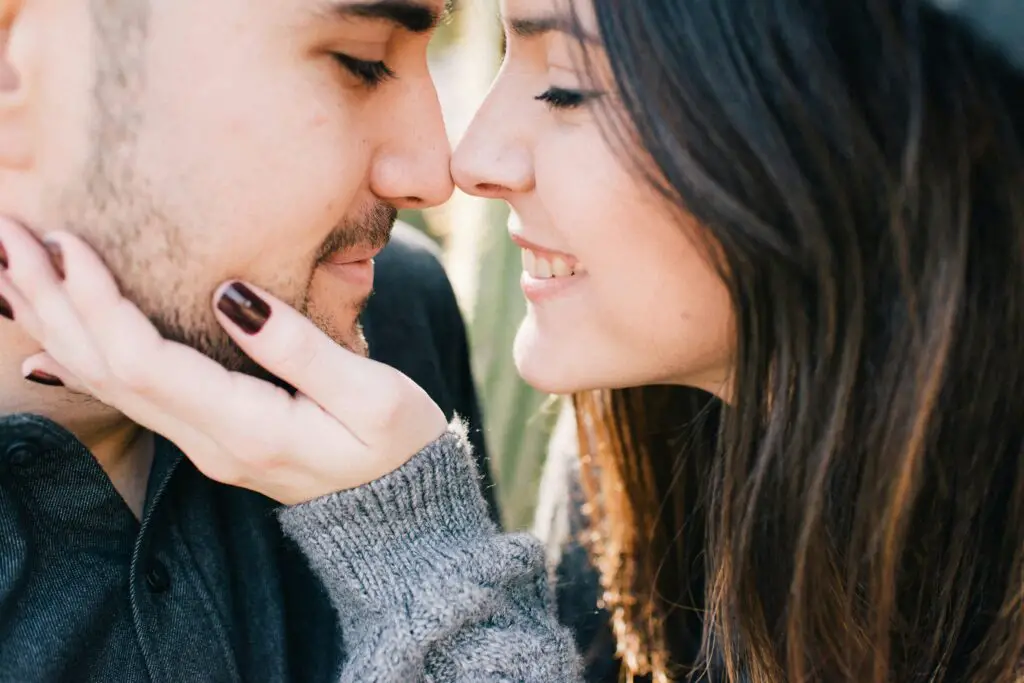
In Māori culture, a traditional greeting called the hongi involves pressing your nose and forehead to another person’s. It symbolizes sharing the breath of life and forming a connection. It’s commonly used in ceremonies and formal gatherings, but don’t be shocked if someone offers it in a casual setting. If they do, the best approach is to follow their lead and press gently. It’s a deeply respectful gesture, not just a quirky custom.
If you instinctively pull back or laugh, it might come across as dismissive. Instead, embrace the moment—locals appreciate the effort. A handshake or hug might be fine in most situations, but participating in a hongi shows respect for Māori traditions. It’s one of those greetings that, when done right, can leave a lasting positive impression.
4. Handshakes in Germany

Germans take their handshakes seriously. A firm, brief shake with direct eye contact is the way to go. Anything too limp can make you seem uninterested, while a bone-crushing grip might be seen as overcompensating. Unlike in some countries where handshakes can be casual, in Germany, it’s a sign of professionalism and respect. You’ll even see kids taught to shake hands properly from a young age.
Skipping the handshake altogether can be awkward, especially in business settings. And don’t be surprised if it happens again when you leave—it’s common to shake hands both at the start and end of a meeting. If you’re unsure, just match the energy of the other person. It’s a small gesture, but in Germany, a proper handshake can make a big difference.
5. The “Wai” in Thailand

In Thailand, a handshake isn’t the go-to greeting. Instead, people press their palms together in a prayer-like gesture and bow slightly—this is called the wai. The higher your hands and the deeper your bow, the more respect you’re showing. Generally, younger or lower-status individuals initiate the wai to elders or those of higher status. If someone wais to you, returning it (with a slightly lower one) is polite.
Trying to shake hands instead can feel awkward and out of place. And whatever you do, don’t go for a high-five—it won’t be well received. If you’re unsure of how to return the wai, a simple nod and smile will usually do. Thai people appreciate when visitors make an effort, even if it’s not perfect.
6. Spitting as a Greeting in the Maasai Tribe
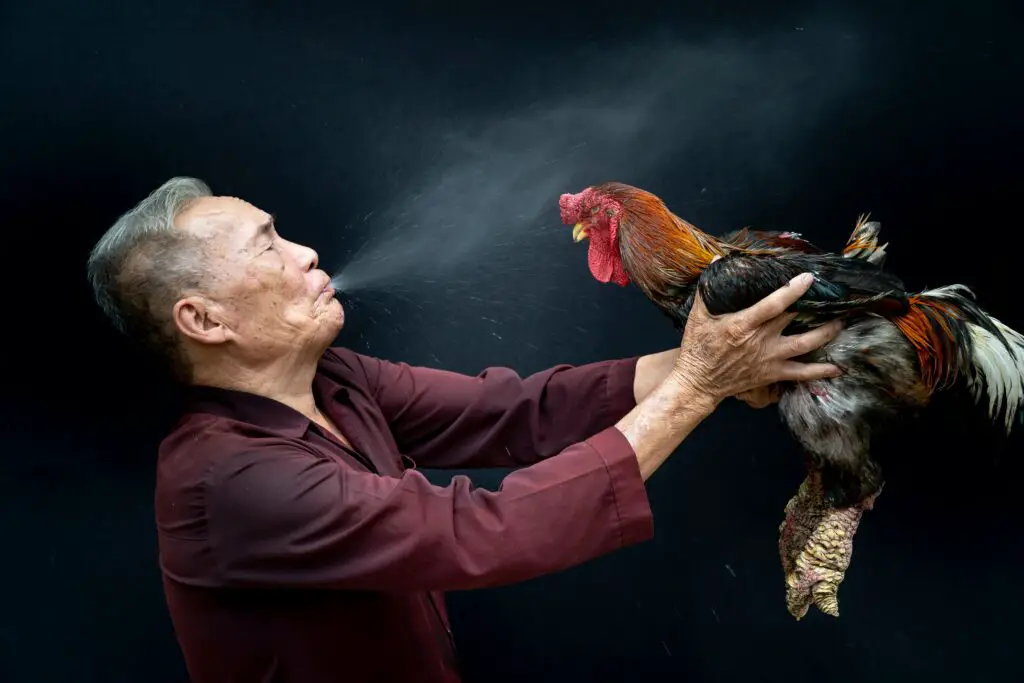
Among the Maasai people of Kenya and Tanzania, spitting is actually a sign of respect. Elders might spit on their hands before shaking yours as a blessing. It might seem shocking at first, but it’s a deeply ingrained cultural practice. In some cases, people spit lightly on newborns to wish them good luck. It’s not meant to be offensive—it’s just a different way of showing goodwill.
Reacting with disgust can come off as disrespectful. If you’re honored with this greeting, it’s best to accept it with a smile. You don’t have to spit back, but understanding the tradition helps avoid an awkward moment. It’s one of those customs that can be surprising but fascinating to experience.
7. Nose Rubbing in Oman
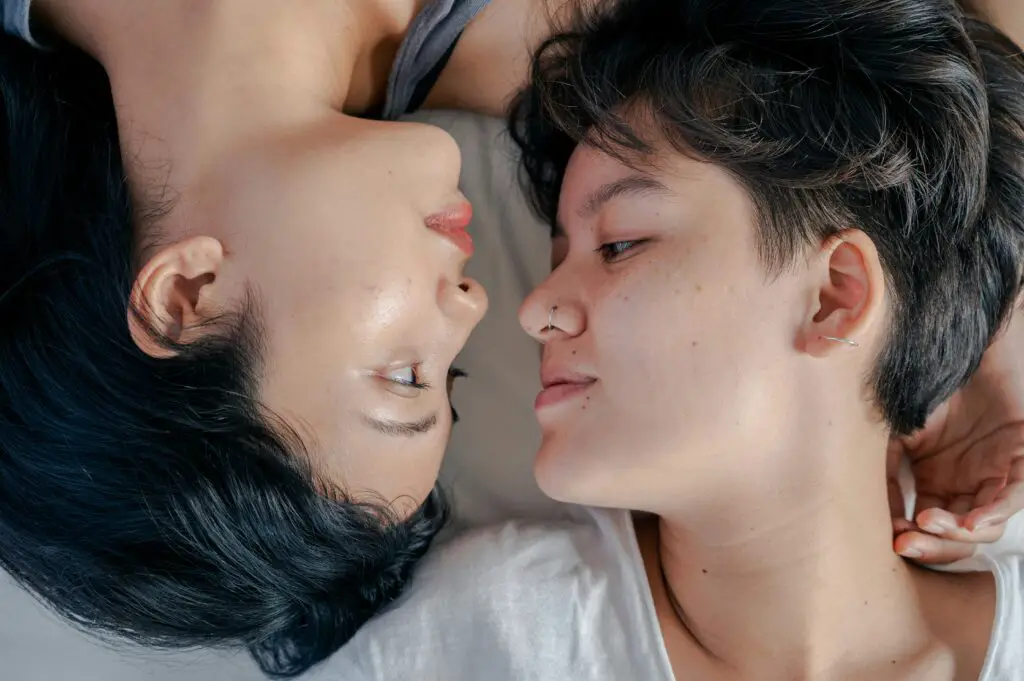
In Oman and some other Gulf countries, men may greet each other by touching noses. It’s a traditional Bedouin greeting that symbolizes respect and closeness. It’s not something you’d see every day in casual interactions, but in certain circles, it’s completely normal. If you’re a foreigner, no one expects you to participate, but knowing about it can prevent any surprise.
Trying to shake hands instead won’t offend anyone, but being open to local customs earns respect. Women are generally greeted differently, with either a handshake or a simple nod. The key is to follow the lead of your host. Understanding this greeting shows an appreciation for the region’s rich traditions.
8. A Two-Handed Handshake in the Philippines
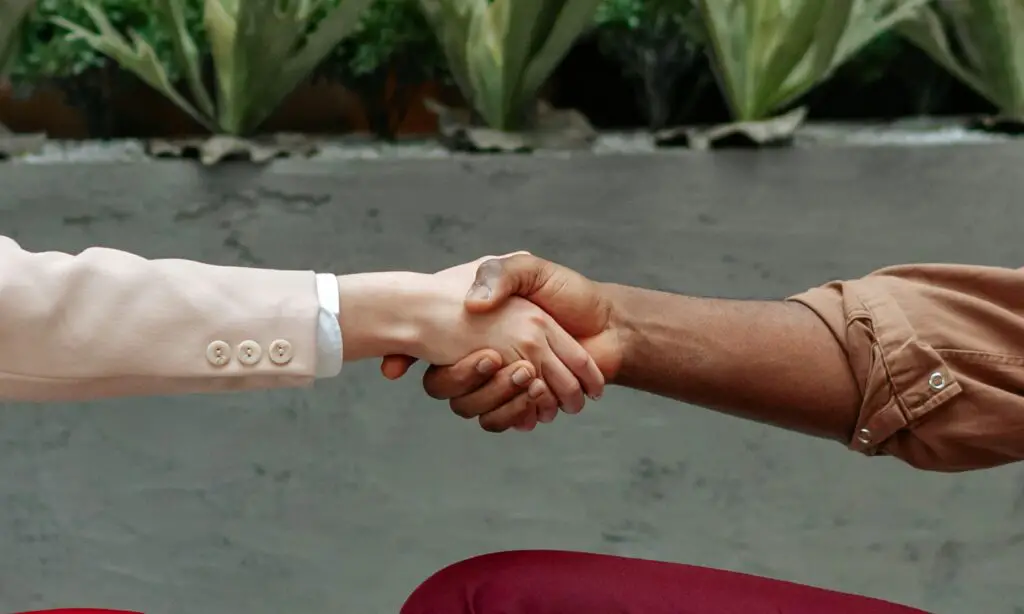
In the Philippines, a handshake is common, but using both hands can make it more personal. Placing your left hand on top of the handshake adds warmth and sincerity. Elders may also offer their hand for a “mano,” where you gently press their knuckles to your forehead. It’s a sign of deep respect, and locals appreciate when visitors acknowledge this tradition.
A limp handshake can come across as uninterested, while a strong grip might be unnecessary. Smiling and maintaining friendly eye contact make a big difference. Filipino culture values hospitality, so a warm, respectful greeting sets a positive tone. Even if you’re unsure, mirroring the other person’s approach usually works well.
9. Clapping as a Greeting in Zimbabwe
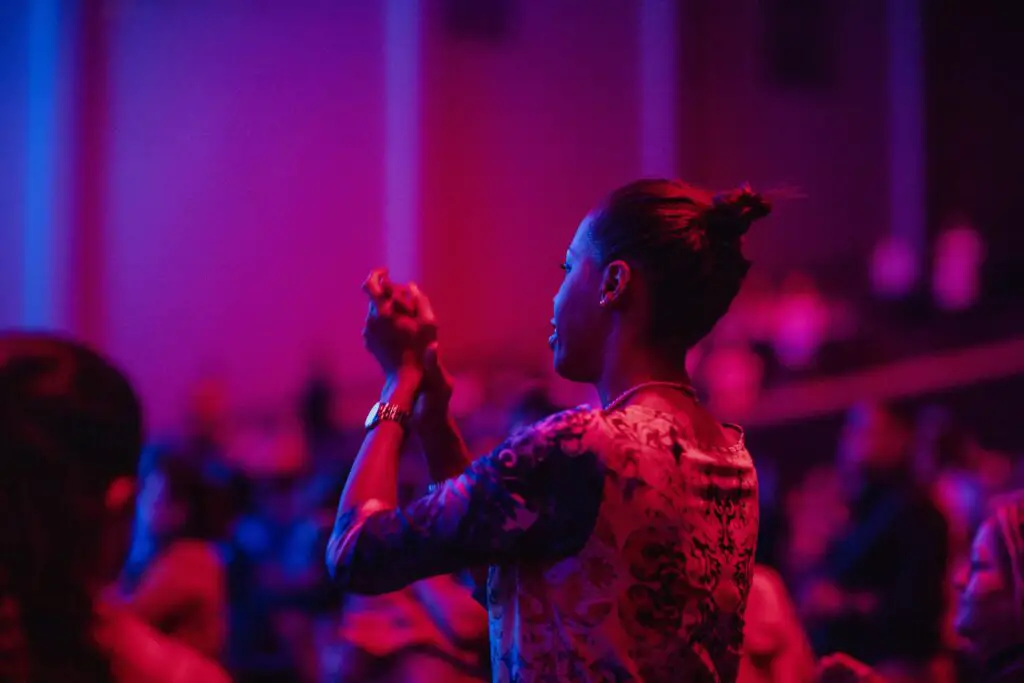
In Zimbabwe, especially among the Shona people, clapping is part of a respectful greeting. When receiving a greeting, people clap their hands—men clap with cupped hands, while women do so with flat hands. It’s often accompanied by a slight bow. The timing and rhythm of the claps matter, with certain variations for formal occasions.
Skipping the clap or responding awkwardly can feel out of place. If someone claps while greeting you, returning it shows respect. The gesture creates a sense of community and warmth. It might feel unusual at first, but embracing it makes interactions smoother.
10. Hand Over Heart in Turkey
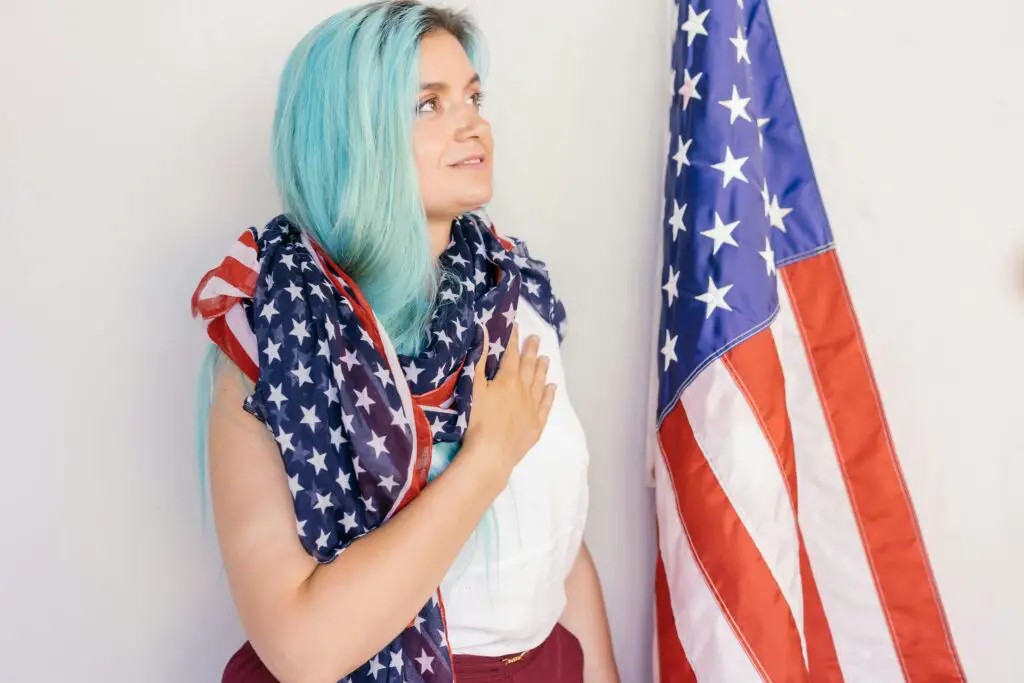
In Turkey, placing your right hand over your heart while giving a slight nod is a warm way to greet someone. It expresses sincerity and goodwill. Some people may also say “Merhaba” (hello) alongside the gesture. While handshakes are common in business, this traditional greeting is still widely used.
Ignoring it and jumping straight to a handshake can seem impersonal. If someone greets you this way, mirroring it is a great way to show respect. It’s a small but meaningful gesture that locals appreciate. This greeting helps build instant rapport and a sense of connection.
11. Bowing and Handshakes in South Korea
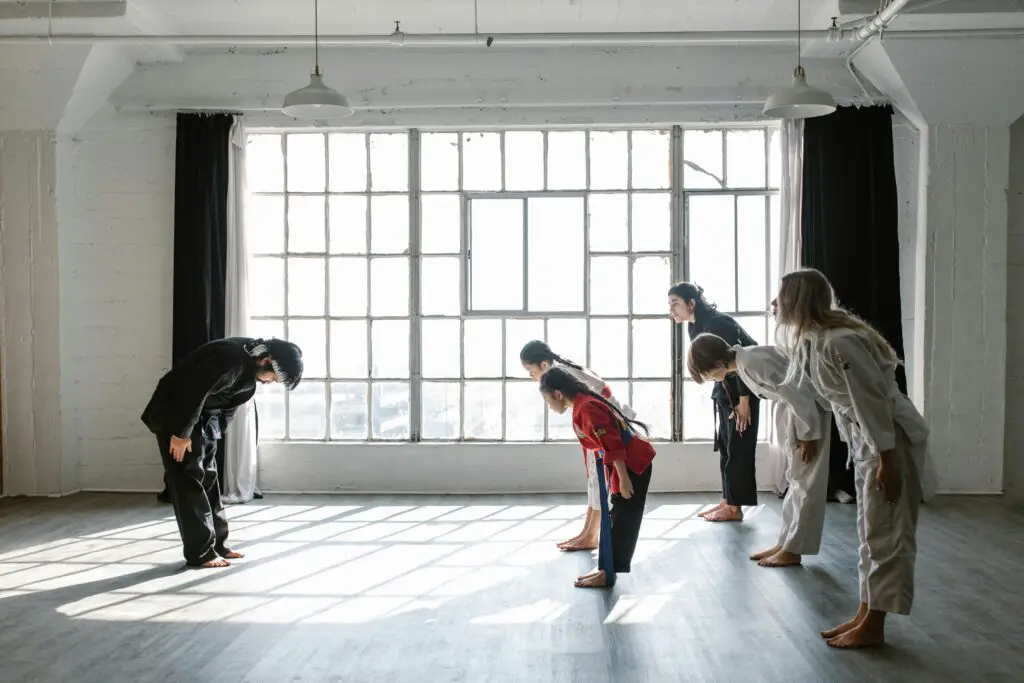
In South Korea, a bow is the most traditional way to greet someone, but handshakes are also common in business settings. The key is to do both correctly—when bowing, keep your back straight and hands at your sides or clasped in front of you. A deeper bow shows more respect, especially to elders or higher-ranking individuals. If a handshake is offered, it’s best to use both hands—your right hand for the shake and your left hand lightly touching your right forearm. This shows extra politeness.
A strong grip isn’t necessary, as a gentle handshake is more appropriate. Avoid prolonged eye contact, as it can feel aggressive. If you’re unsure, waiting for the other person to initiate the bow or handshake is a safe approach. South Koreans appreciate when visitors take the time to follow their customs, making for a great first impression.
12. Saluting in the Maldives
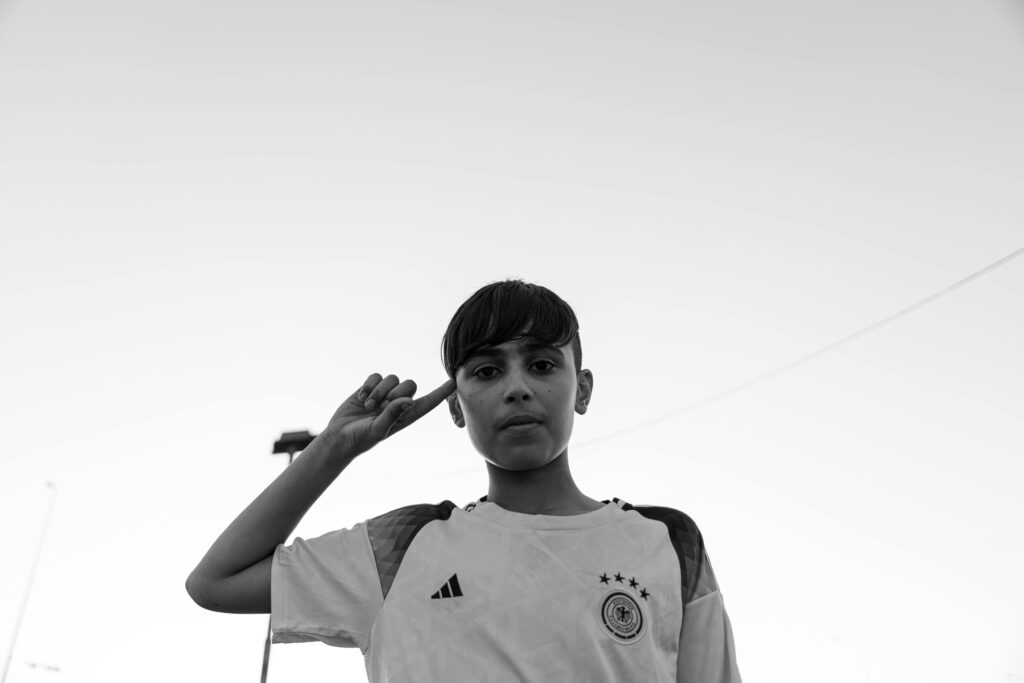
In the Maldives, a common greeting is placing your hand over your heart while slightly nodding your head. This is especially common among elders and in formal situations. It’s a respectful and warm way to acknowledge someone, and it’s often accompanied by the phrase “Assalaamu Alaikum.” A handshake may also be offered, but it’s not always expected, especially between men and women. If you’re unsure, waiting for the other person to initiate contact is a good rule of thumb.
Jumping straight into a handshake might feel too forward in certain situations. Since Maldivian culture is deeply rooted in Islamic traditions, understanding the appropriate greeting shows cultural awareness. If you receive a greeting with a hand over the heart, returning it in kind is the best way to show respect. Small gestures like this can make a big difference in how you’re perceived.
13. Saying “Salam” with a Handshake in Iran
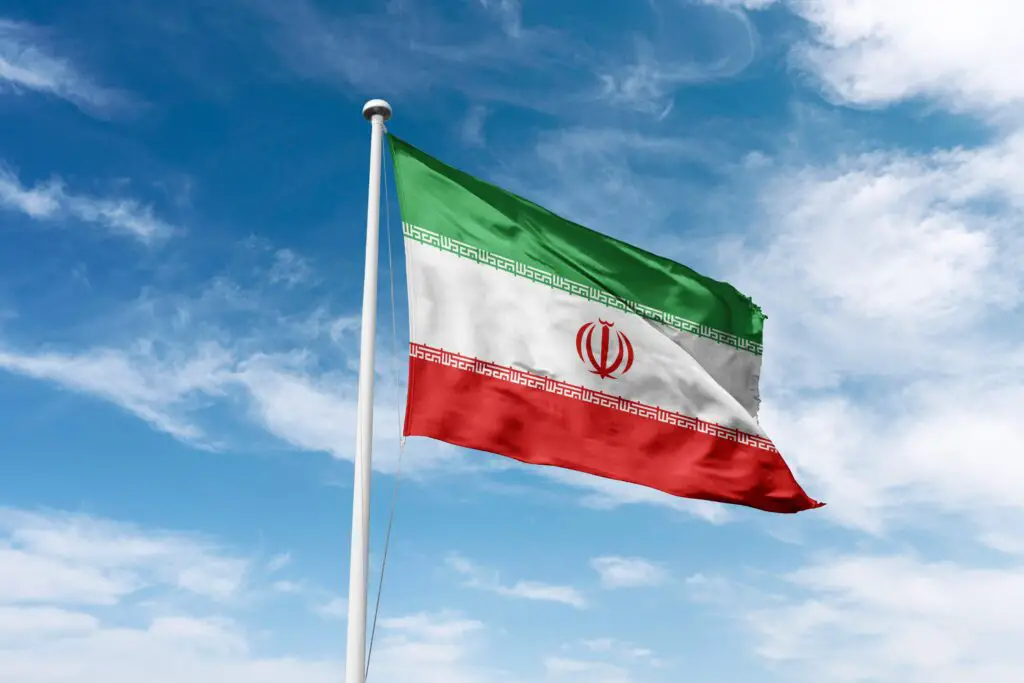
In Iran, greetings are a mix of warmth and formality. Men typically shake hands while placing their left hand over their chest as a sign of sincerity. However, between men and women, physical contact is usually avoided unless they are close family. Instead, a simple nod, hand over the heart, or saying “Salam” is a respectful way to greet someone. When greeting someone older or in a formal setting, using both hands for a handshake can add extra respect.
Going in for a hug or a cheek kiss with the opposite gender can be inappropriate. If you’re unsure, waiting to see how the other person greets you is the safest approach. Greetings are an important part of Iranian culture, and the way you present yourself can shape how you’re perceived. A warm but respectful greeting will always make a great impression.
